The luxury perfumes market in the US is characterized by a dynamic competitive landscape, driven by innovation, brand loyalty, and evolving consumer preferences. Key players such as Estée Lauder (US), L'Oreal (FR), and Chanel (FR) are at the forefront, each adopting distinct strategies to enhance their market presence. Estée Lauder (US) focuses on digital transformation and personalized marketing, leveraging data analytics to tailor offerings to consumer preferences. L'Oreal (FR), on the other hand, emphasizes sustainability and eco-friendly practices, aligning its product development with growing environmental concerns. Chanel (FR) maintains a strong emphasis on exclusivity and heritage, which resonates with its affluent customer base, thereby reinforcing its brand positioning in the luxury segment.
The business tactics employed by these companies reflect a concerted effort to optimize supply chains and localize manufacturing, which enhances responsiveness to market demands. The competitive structure of the luxury perfumes market appears moderately fragmented, with a few dominant players exerting considerable influence. This fragmentation allows for niche brands to emerge, yet the collective strength of established companies shapes pricing strategies and market accessibility.
In October 2025, Estée Lauder (US) announced a partnership with a leading tech firm to develop an AI-driven fragrance customization tool. This strategic move is likely to enhance customer engagement by offering personalized scent experiences, thereby positioning Estée Lauder (US) as a pioneer in integrating technology with luxury fragrances. Such innovations may redefine consumer interactions with perfume brands, fostering deeper loyalty and satisfaction.
In September 2025, L'Oreal (FR) launched a new line of sustainable perfumes, utilizing biodegradable packaging and ethically sourced ingredients. This initiative not only aligns with global sustainability trends but also caters to the increasing consumer demand for environmentally responsible products. By prioritizing sustainability, L'Oreal (FR) could potentially capture a larger share of the eco-conscious market segment, enhancing its competitive edge.
In August 2025, Chanel (FR) unveiled a limited-edition fragrance collection inspired by its iconic heritage. This strategic release aims to reinforce brand loyalty among existing customers while attracting new clientele through exclusivity. By leveraging its rich history, Chanel (FR) appears to be effectively differentiating itself in a crowded market, emphasizing the emotional connection consumers have with luxury brands.
As of November 2025, the luxury perfumes market is witnessing trends such as digitalization, sustainability, and the integration of AI technologies. Strategic alliances are increasingly shaping the competitive landscape, enabling companies to pool resources and expertise. The shift from price-based competition to a focus on innovation, technology, and supply chain reliability is evident. Moving forward, differentiation will likely hinge on the ability to offer unique, personalized experiences that resonate with consumers, thereby redefining the parameters of competition in this sector.


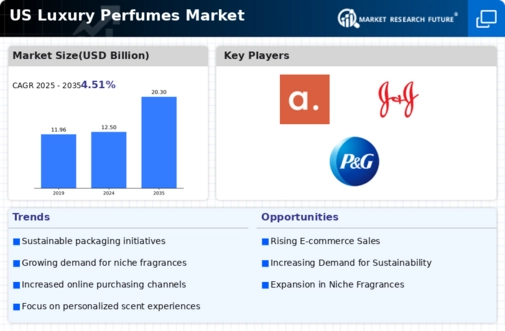
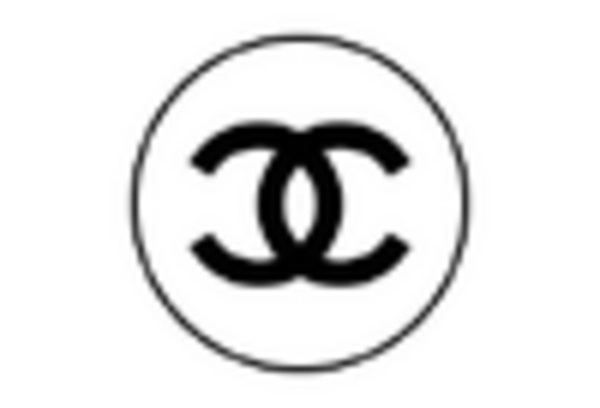
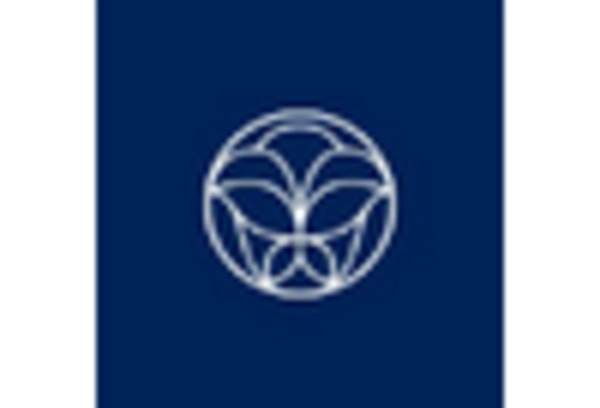
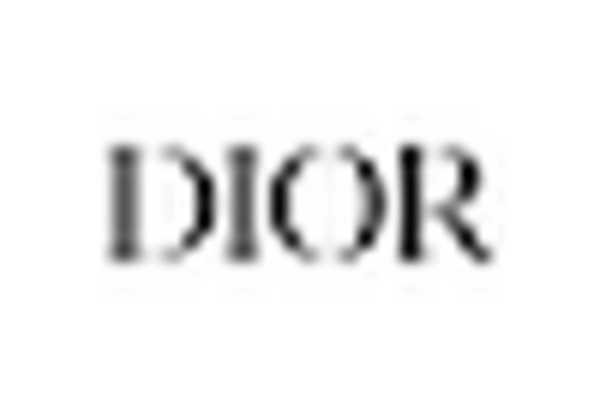
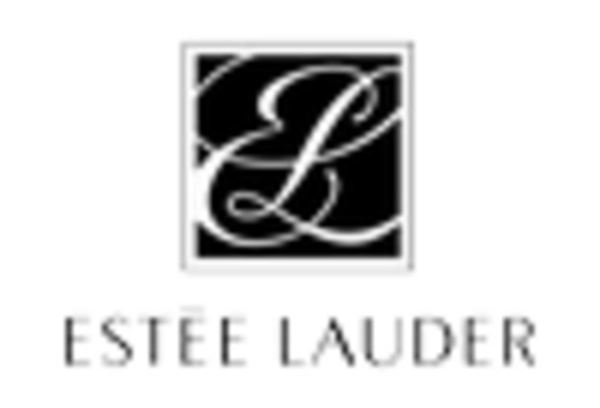
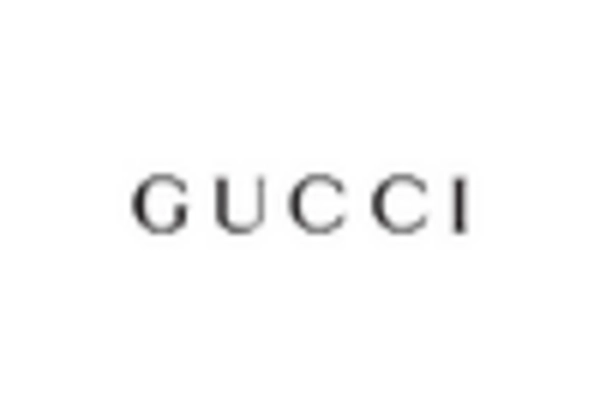









Leave a Comment